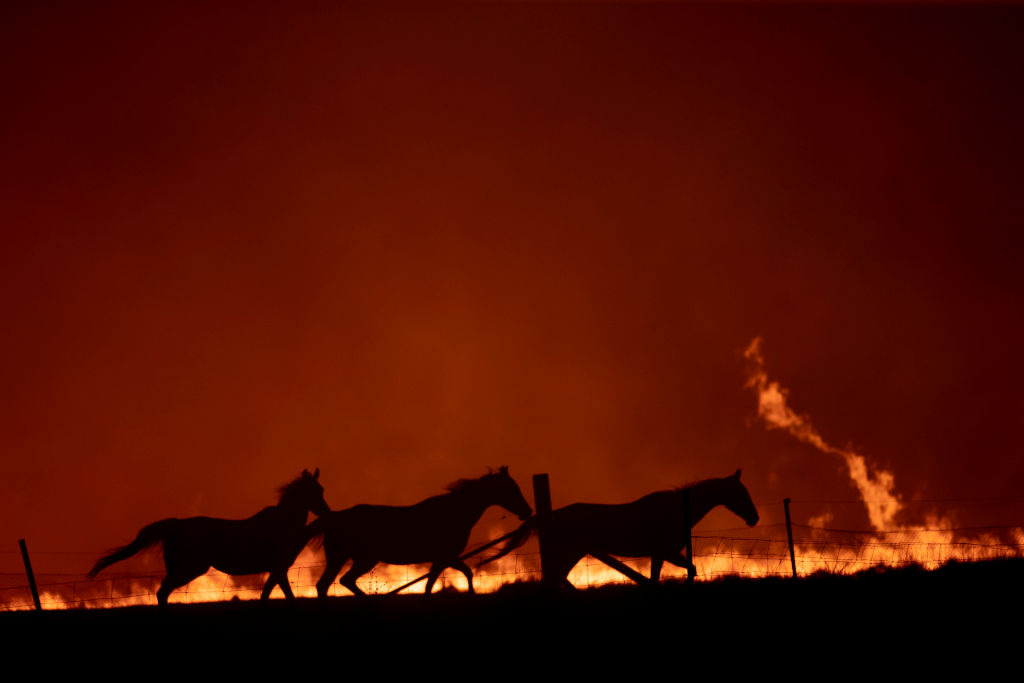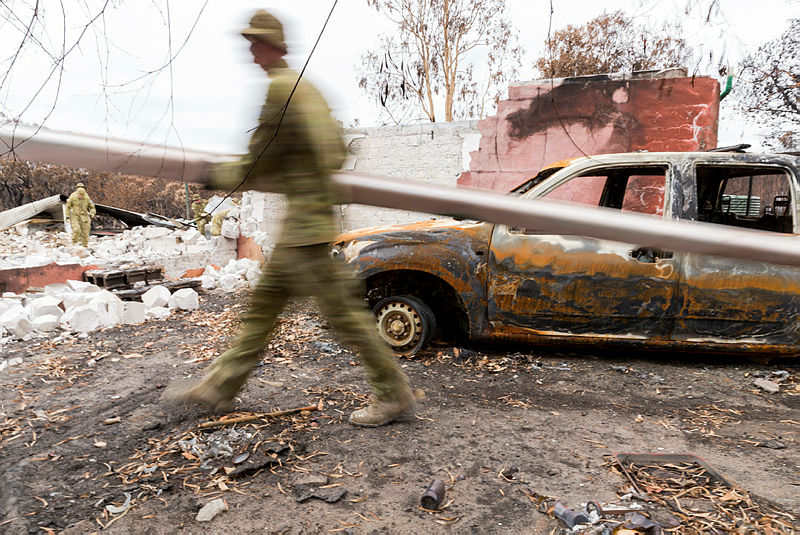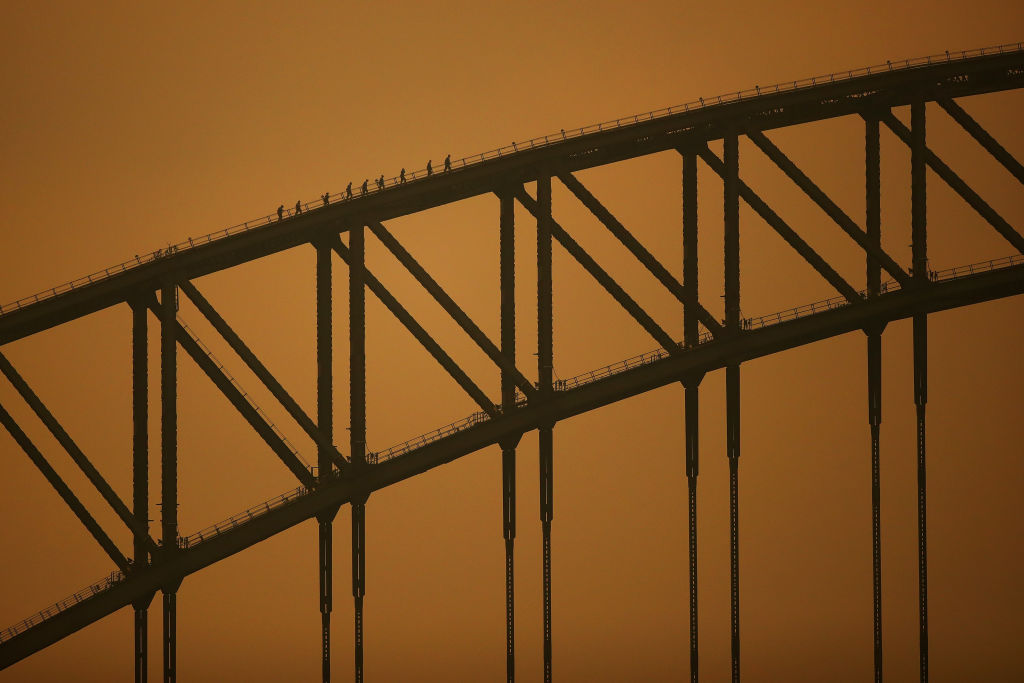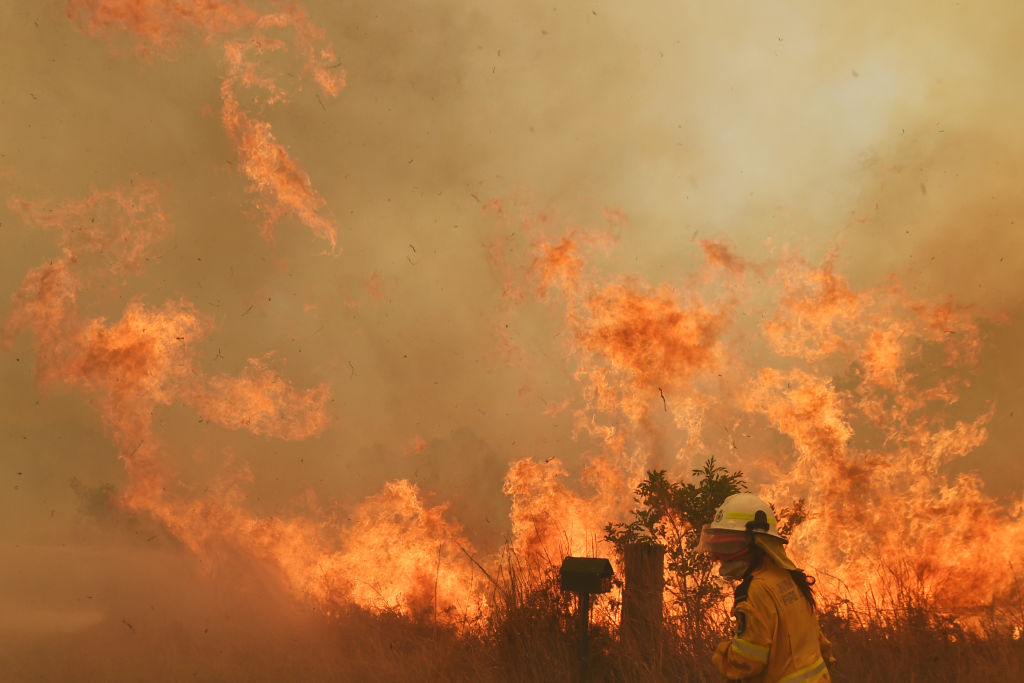The Australian Defence Force’s domestic role (part 2): Time for dedicated disaster response units?
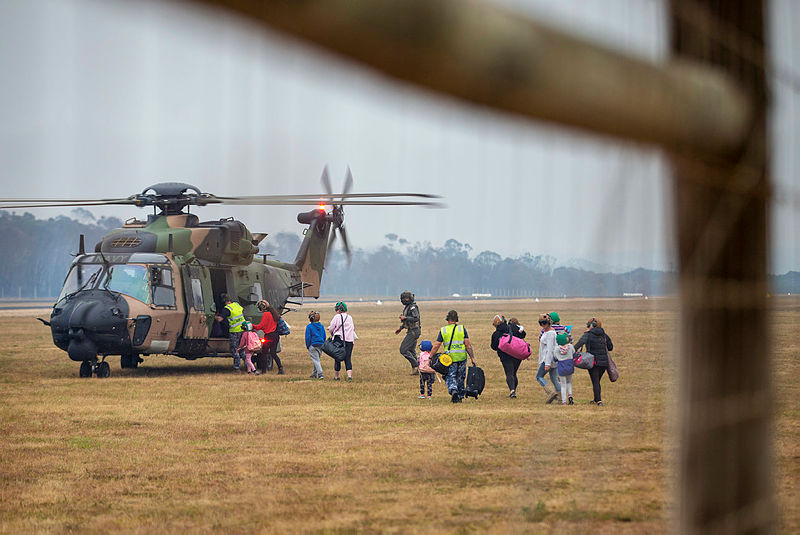
In the first part of this series, I noted that Australia’s Department of Defence spends a relatively small percentage of its budget on national support tasks (less than 0.2%), but around 40% of its capabilities by budget have some utility in disaster relief and border protection.
Few people would argue that Defence shouldn’t bring these capabilities to bear in emergencies, particularly when they fill a gap that other agencies or the civilian sector can’t fill. But if climate change means we’ll see more frequent and severe bushfires at home, more frequent and intense cyclones hitting both Australia and our Pacific neighbours, increased irregular movements of people, and increased poaching of dwindling fish stocks, should addressing those problems become one of Defence’s primary roles? And if so, should Defence continue to do it with a force structure developed primarily for warfighting?
There are a few factors to consider.
First, Defence is the only government agency that is funded to fight wars and, by having that capability, help deter them. The government’s increased investment in defence is based on the realisation that changing power relativities between the United States and China mean that the Australian Defence Force needs to enhance its warfighting capabilities. In contrast, other agencies can already deploy some of the capabilities that Defence uses in national support tasks, but they can’t sink an enemy ship. You can buy a lot of firefighting trucks for the price of one F-35A fighter jet, but no number of fire trucks can deter or defeat an enemy fleet or air force. So, without an increase in the total budget, moving the budgetary split between capabilities of no use in disaster relief and border protection, and those with some from 60/40 to 50/50 would mean less warfighting capability.
In addition, there’s almost always an overhead to using military personnel and equipment to perform civilian tasks. That’s an overhead we’re willing to pay in an emergency (like evacuating civilians or bulldozing a fire break as a bushfire approaches), but we may not want to pay it for everyday business. That’s why Defence has been moving away from it in some areas. For example, Defence is outsourcing the routine hydrographic tasks it used to perform for the civilian world to civilian contractors. It will now conduct only difficult and potentially dangerous military hydrographic tasks with military ships and personnel.
The concept of dual use is seductive, but it can be a siren song. Things designed for a specific purpose are generally more cost-effective than things designed for a broad range of roles, particularly if those roles are difficult and dangerous. That’s why 12 new offshore patrol vessels intended for constabulary missions are costing $3.7 billion, while its nine future frigates designed to detect and destroy submarines, missiles and other warships are costing around $35 billion. Using $3 billion frigates to do things that $300 million OPVs can do is a poor use of resources.
There are also second- and third-order effects: if you don’t exercise high-end skills, you degrade or lose them. Frigates doing constabulary tasks aren’t practising anti-submarine warfare. And it works the other way. If the air force is going to use its C-130J transport planes for firebombing, it needs to exercise and keep those skills current, so the time and money devoted to that task would be more than just actual firefighting operations. Again, this eats into the time and effort available to prepare for warfighting.
Even if you’ve got something in the inventory already, it may not make sense to use it, other than in exceptional cases. Take, for example, the army’s MRH-90 utility helicopters that have done a lot of flying in the bushfire emergency. The operating cost of an MRH-90 works out at around $30,000 per hour (not including the ADF personnel involved in operating or maintaining it). A twin-engine civilian helicopter of the kind used by rural fire services costs around $2,000 or 3,000 per hour. Most military aircraft are not designed for around-the-clock operations. Civilian aircraft are designed to fly all day, every day. MRH-90s currently average a little over 200 flying hours per year; civilian aircraft can achieve that in a month.
Granted, it would be possible to increase the MRH-90s’ flying hours, but that would come at a cost beyond greater sustainment spending. The $30,000 per hour cost doesn’t include depreciation. The fleet of 47 aircraft cost around $3.7 billion and will likely have a service life of 30 years. But if that service life gets reduced by one-third, say, due to heavy use in disaster response, it could make more sense to buy a fleet of off-the-shelf civilian helicopters, which could fulfil that role for much less than one-third of the cost of the MRH-90s or their replacement.
National defence has consistently ranked very low in Australians’ list of concerns. In contrast, concern about the environment has consistently risen, and that trend looks set to continue. More Australians have been impacted by natural disasters than by foreign military threats. They, and their political representatives, may not find abstract discussions about value for money compelling when, in their eyes at least, there is billions of dollars’ worth of capability sitting and doing nothing in time of crisis.
It is in the nation’s best interests for Defence to be proactive here and do some serious thinking about where it is best placed to contribute. Rather than getting incrementally drawn in to doing more in frontline disaster response that wears down its military assets and its preparedness for warfighting, it could be that Defence should focus on tasks that no other agency can do in logistics or in intelligence, surveillance and reconnaissance, for example. But if it is to do more on the frontline of disaster response, the best long-term approach could be to establish units dedicated to that role using off-the-shelf, low-cost civilian equipment.

